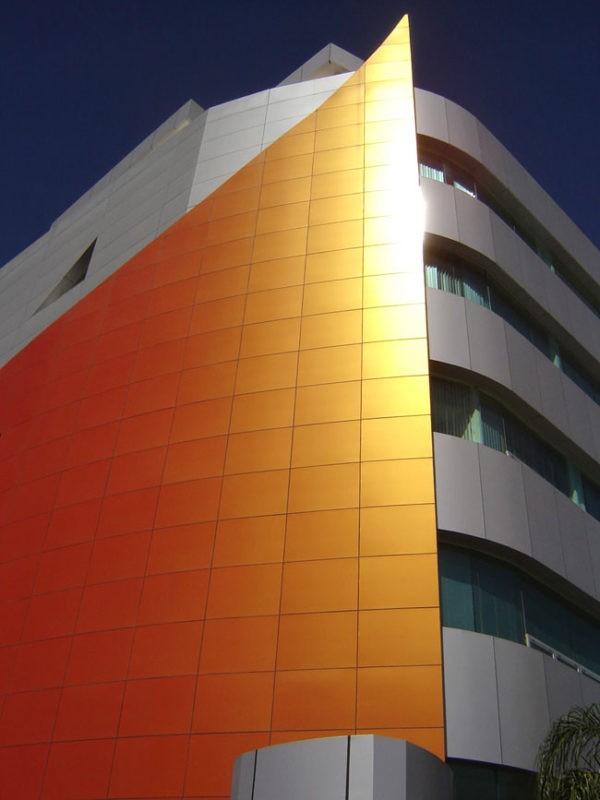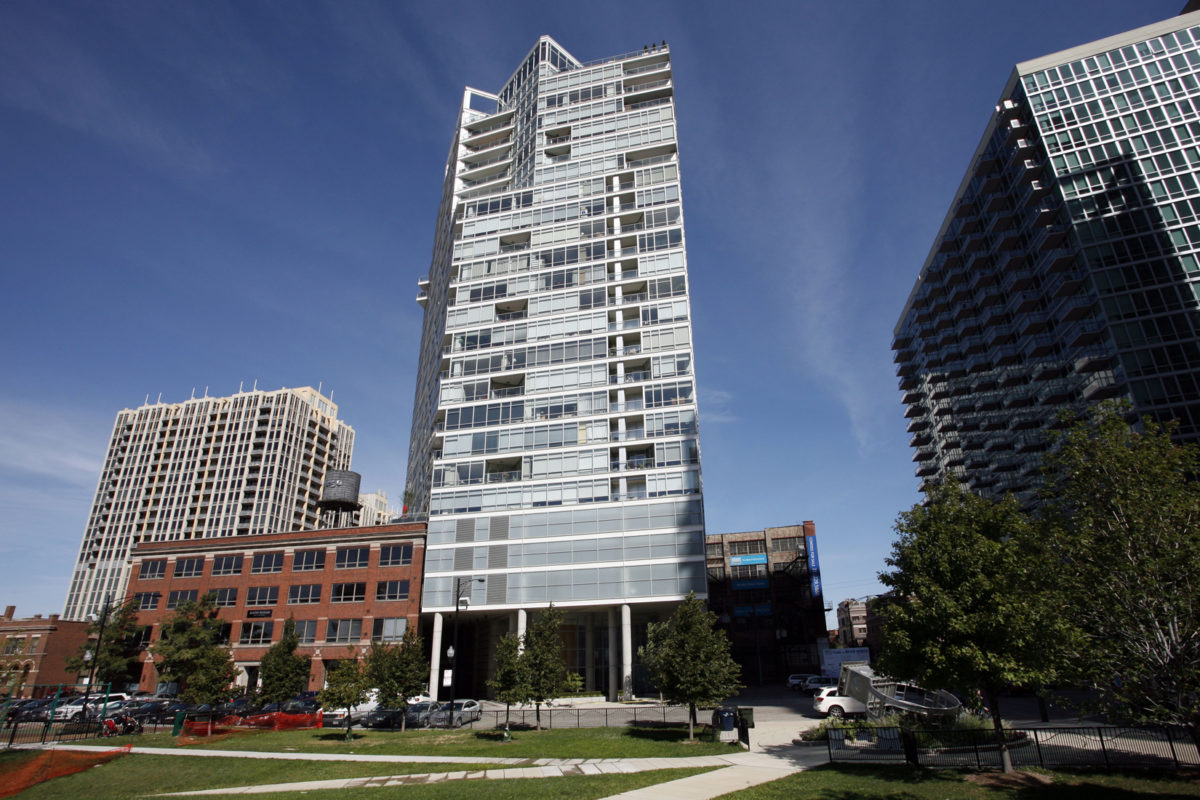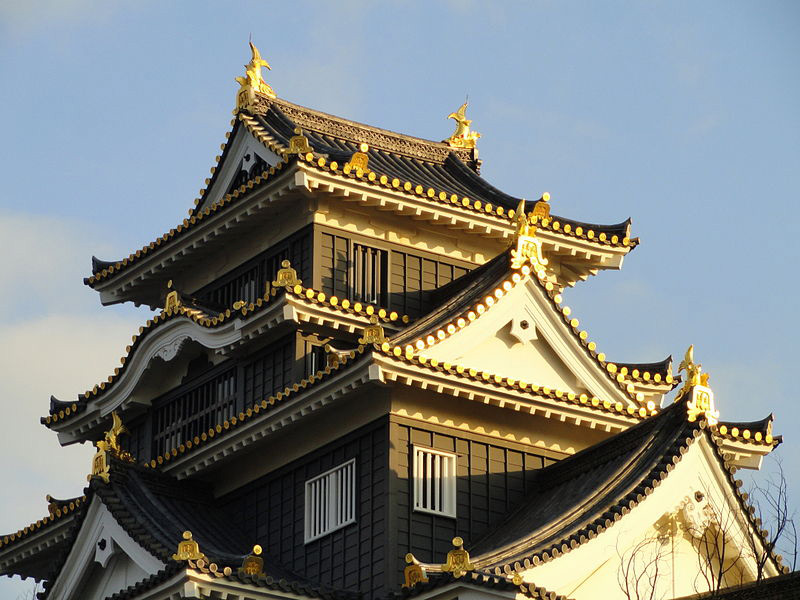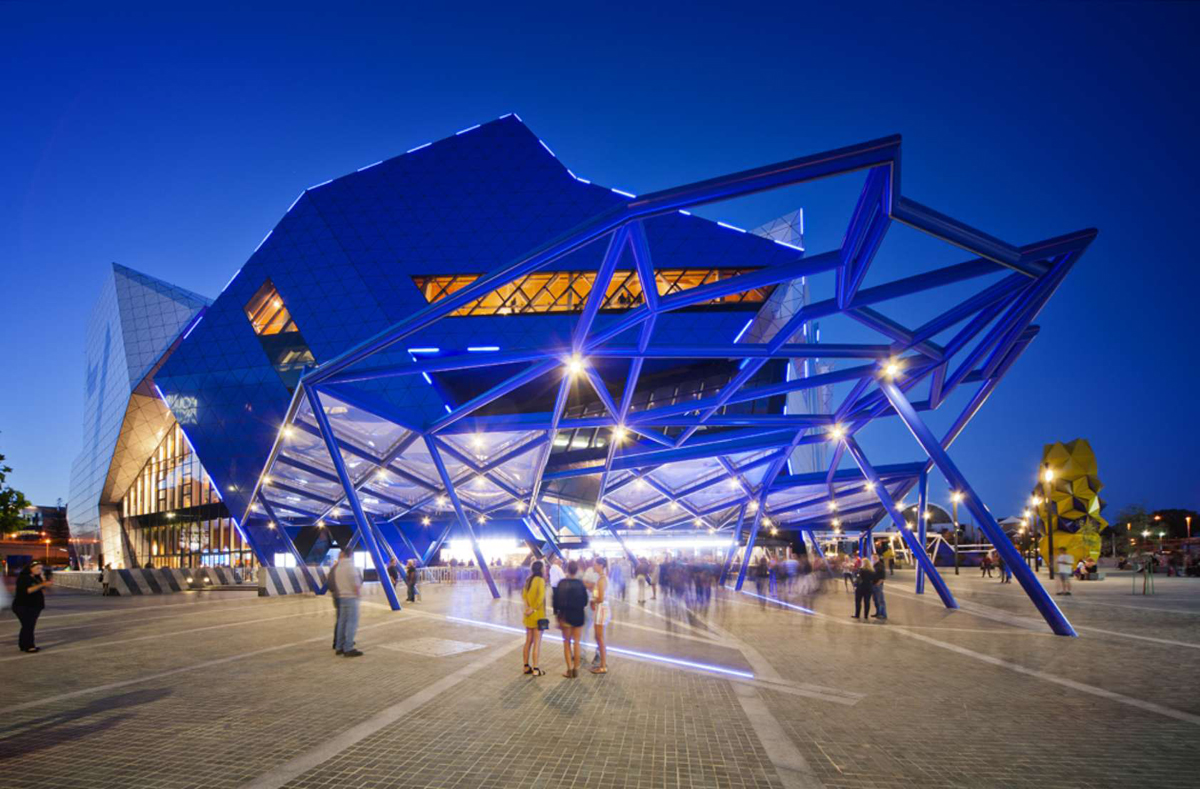The American Architectural Manufacturers Association (AAMA) is a recognized leader in the fenestration industry through product certifications and standards development. A series of AAMA tests have been conducted using organic coatings on aluminum extrusions and panels, resulting in 3 standards by which coatings can be attributed: AAMA2603, AAMA 2604 or AAMA 2605. FEVE resins have been proven to exceed AAMA 2605 standards, which are an excellent choice for coatings for projects that demand high performance materials.
FEVE Resins Among the Top Coatings in AAMA Exposure Tests
Categories Technical



